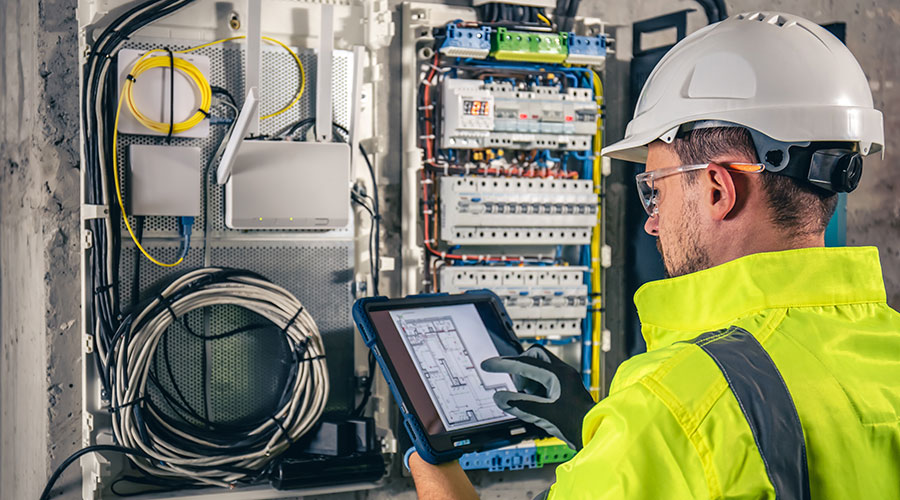PDAs: Breaking the chains of computers?
What’s on your department’s technology wish list? If you’re like many maintenance and engineering managers, making that list is an arduous process. There is no shortage of products and systems that promise to help managers save money, increase worker productivity and boost customer satisfaction.
Unfortunately, finding out which technology delivers and which falters can be a tough task. But if an informal inquiry of maintenance managers is any indication, the personal digital assistant (PDA) might be coming into its own as the technology tool of the moment.
Delivering on Promises
PDAs have been around for a number of years, but with each successive generation, they have moved closer to delivering on their early promise. The handheld wireless devices are becoming the technology of choice for managers seeking to give front-line maintenance technicians access to work orders and data stored in a department’s computerized maintenance management system (CMMS).
Increasingly, managers view PDAs as technology that addresses a key problem associated with existing computer technology.
“The more you computerize operations, the more you chain people to their desks,” says Bob Casagrande, director of plant operations and facilities maintenance at Southern Methodist University in Dallas.
Casagrande’s goal — and, no doubt, that of other managers — is to break some of those chains. PDAs enable technicians to download work orders while at a job site without having to take time to return for more, thus maximizing their time on the job.
PDAs also can help departments in other ways.
“Another benefit we’re counting on is to increase our productivity is that the mechanic will have the ability to add notes to an open work request and complete the work request on the PDA, rather than requiring the supervisor to manage each work request,” says Rich Robben, director of plant operations at the University of Michigan.
Robben also hopes his department’s 25 new PDAs, which will interface with its CMMS, will cut department paperwork.
“We currently print over 40,000 PM work request per year,” he says. “Using PDAs for the PM work requests rather than printing each one will save us money on paper, toner, distribution and collection costs.”
The Real Test
While managers are enticed by the potential benefits of PDAs, they also are aware that the devices must prove themselves in the toughest arena — on the job site.
“These are guys who are used to throwing wrenches into the back of their trucks,” Casagrande says. If the current generation of PDAs can’t withstand the punishment of everyday manhandling by technicians, maintenance departments probably won’t keep them around, no matter how many other benefits they deliver.
But if they prove themselves to be tough enough, managers will have a tool at their disposal that improves both the quality and the quantity of maintenance data and frees workers to spend more productive time in the field.
Related Topics:











